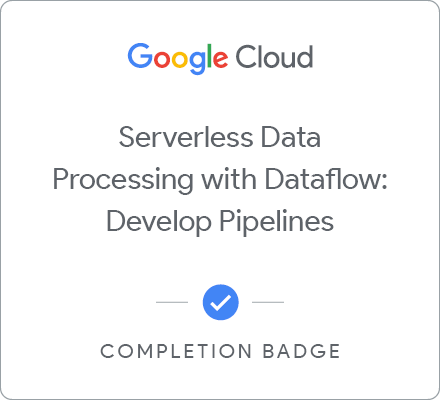08
Serverless Data Processing with Dataflow: Develop Pipelines
08
Serverless Data Processing with Dataflow: Develop Pipelines
In this second installment of the Dataflow course series, we are going to be diving deeper on developing pipelines using the Beam SDK. We start with a review of Apache Beam concepts. Next, we discuss processing streaming data using windows, watermarks and triggers. We then cover options for sources and sinks in your pipelines, schemas to express your structured data, and how to do stateful transformations using State and Timer APIs. We move onto reviewing best practices that help maximize your pipeline performance. Towards the end of the course, we introduce SQL and Dataframes to represent your business logic in Beam and how to iteratively develop pipelines using Beam notebooks.
- Review the main Apache Beam concepts covered in the Data Engineering on Google Cloud course
- Review core streaming concepts covered in DE (unbounded PCollections, windows, watermarks, and triggers)
- Select & tune the I/O of your choice for your Dataflow pipeline
- Use schemas to simplify your Beam code & improve the performance of your pipeline
- Implement best practices for Dataflow pipelines
- Develop a Beam pipeline using SQL & DataFrames
Serverless Data Processing with Dataflow: Foundations
